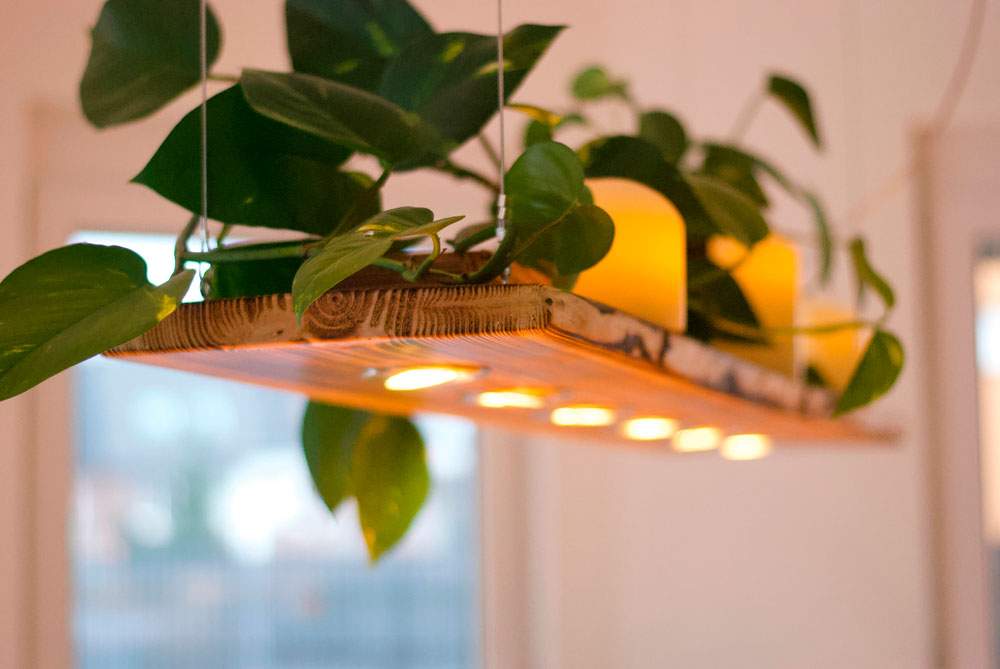Architectural lighting is a discipline that is responsible for planning and designing the lighting of buildings and public spaces. The objective of architectural lighting is to improve the functionality, safety and aesthetics of buildings and spaces through the use of light. Good architectural lighting can create a comfortable and safe environment, highlight the beauty of a building or monument and improve safety in surrounding areas.
Tabla de contenidos
ToggleImportance of architectural lighting
Architectural lighting is an essential part of any architecture project. Good architectural lighting should improve visibility while highlighting the beauty of any building or monument. In addition, proper architectural lighting helps reduce energy consumption and is better for the environment.
Different types of architectural lighting
There are several types of architectural lighting each with their own advantages and disadvantages. Some examples include:
- Façade lighting: is used to highlight the beauty and design of a building or monument.
- Interior lighting: is used to illuminate the interior spaces of a building, such as halls, parking lots, etc.
- Security lighting: is used to improve security in buildings and public spaces.
- Landscape lighting: is used to illuminate gardens and public parks.
How to choose the adequate architectural lighting
When choosing the right architectural lighting, it is important to consider several factors, such as:
- The use of the space: it is important to choose a lighting that adapts to the use of the space.
- The desired effect: it is important to choose lighting that creates the desired effect in the building or space whether it is enhancing beauty and design, enhancing security or creating a comfortable atmosphere.
- Energy efficiency: choosing lighting that is energy efficient is important to reduce costs and help the environment.
- Durability: it is important to choose lighting that has a long lifespan to reduce maintenance and costs.
- Design and aesthetics: it is important to choose lighting that is aesthetically pleasing and suits the design of the building or space.
- Compatibility with regulations and standards: it is important to choose lighting that complies with established regulations and safety standards.
How to implement architectural lighting
Once the right architectural lighting has been chosen it is important to implement it correctly. Some key points to keep in mind include:
- Place lights in proper positions: it is important to place lights in proper positions to ensure optimal illumination and desired effect on the architectural work.
- Adjust light intensity: adjusting light intensity is essential to ensure proper lighting and reduce glare.
- Schedule lighting: it is important to schedule lighting to suit the needs of the building or space, such as dimming during night hours or scheduling it to turn on and off automatically.
- Perform regular maintenance: regular maintenance is important to ensure your lighting is working properly and to prolong its life.
Conclusion
Architectural lighting is essential to guarantee functionality, safety and aesthetics in buildings and urban spaces. It is important to choose the right lighting considering the foresaid aspects.
In addition, it is essential to implement lighting correctly, placing lights in proper positions, adjusting light intensity, scheduling lighting and performing regular maintenance. In addition, the implementation of proper architectural lighting can reduce energy consumption and improve the environment.
At NTE we are manufacturer of such lighting systems that are used by architecture studios to provide light for avant-garde projects at an international level. If you want to know more about our product lines, browse through our website or contact us we will be happy to help you.










